|
In warmer weather, your refrigerators and coolers have to work harder and it’s easier for food to enter the temperature danger zone when it is left out to cool down prior to refrigeration. Make sure the doors of appliances are only opened when necessary and are closed promptly. It’s also a good time to remind staff to avoid chilling bulky food items and to take steps to make it easier for large-volume foods to cool down. Divide hot foods into smaller containers for chilling and use ice baths to bring food temperatures down to refrigerator-ready temperatures quickly. To keep food out of the temperature danger zone, make sure hot foods cool down from 140 to 70°F within two hours and to 41°F or less within four hours.
As you open your doors to guests this spring, the windows and doors helping you ventilate your facility could also make it easier for pests to find their way inside. Check screens on windows and doors for holes and other damage, and if you have storage areas or outbuildings that haven’t been used as frequently during the pandemic, check for rodent activity. Inspect the exterior of your facility for cracks and trim back any brush that could harbor pests close to your walls. Ensure any sticky spills aren’t left for long periods, particularly if you have staff and guests circulating regularly between indoor and outdoor seating areas. Finally, since insects can hitch a ride into your kitchen on contaminated food, be sure to check your food deliveries for pest activity upon arrival and to store them promptly afterwards.
It can be a challenging task for restaurants to ensure a takeout dish measures up to the quality of an in-restaurant meal – even more so in months where the temperatures can reach extremes. Now that off-premise meals of all types are common – from catering spreads to meal kits to single takeout orders – your off-premise transport safety practices may need a tune-up. As the weather warms, double check your safety protocols (and those of third-party vendors) to make sure you’re protecting food in transit. Ensure cold foods are packed so they remain cold, are kept separate from warm foods and beverages, and that you’ve taken steps to avoid the cross-contamination of foods (by wrapping animal proteins securely and cleaning and drying any whole fruits and vegetables included in an order).
We’re all eager to gather and eat restaurant food outside of the house – and this summer should usher in a happy return to those times. Make sure your food safety practices are up to speed, particularly if you’re hosting barbecues or otherwise preparing and serving food outdoors. Summer heat makes it easier for foods to fall into the temperature danger zone (the range from 40-140°F where bacteria grow most rapidly). When the temperature surpasses 90°F outside, perishable foods such as cold salads, dips and cut produce are only safe for an hour. Hot perishable foods, including meat and poultry, should be kept at 140°F until they are ready to be eaten.
The freezer has been an increasingly critical tool for chefs in recent months, enabling them to continue to serve up meals to-go for immediate heating or later consumption. It will continue to play a key role in restaurant kitchens as operators look to manage fluctuations in customer demand in the months ahead and extend the use of seasonal produce as it becomes more readily available. To minimize deterioration in the quality of frozen food, make sure your staff handles to-be-frozen foods properly. FoodSafetyConnection advises using freezer bags or freezer paper for storing items, squeezing all air out of freezer bags prior to sealing, allowing hot food to cool prior to freezing, and labeling all frozen foods with the use-by date appropriate for the specific item.
In the past year, the need for supporting the local community has become more important than ever to businesses and consumers alike. If you visit your neighborhood farmer’s market in an effort to find fresh foods that elevate the quality and taste of your menu – or even to add some compelling video content to your social media accounts – just take some extra precautions to protect the safety of the items you buy. Local markets are often not subject to the same stringent food safety regulations and inspections that govern larger commercial food suppliers. Knowing your farmer always helps, but Culinary Epicenter advises you take such steps as bringing an insulated bag or cooler to the market to protect and separate items that need to stay cool, inquiring about the preparation and storage of any pre-cut items, avoiding the purchase of items like milk, juice and cider unless pasteurization can be confirmed, taking care to avoid the cross-contamination of foods, and upon your return, thoroughly washing your hands with soap and water before washing all produce.
One COVID-era precaution that seems to be finding new applications in the post-pandemic world is UV lighting. While UV lights were adopted by some operators last year as a means of keeping food safe by killing bacteria, they are now being integrated into the food storage lockers that are becoming an increasingly common off-premise dining solution. Business Insider reports that brands including Burger King, KFC and Smashburger are testing heated or cooled lockers designed to keep food at the proper temperature until that food is collected, and some of the lockers use UV light to kill bacteria.
While health and safety have been a growing concern for restaurants in the past year, technology is also stepping up to provide better options to protect and track food, ranging from coatings to extend the shelf-life of produce, to blockchain technology that helps chefs pinpoint the best times to use a food product (or quickly track the source of contamination in the case of an outbreak). Now, Food Safety News reports that a new technology is showing the potential to prevent contamination in salad greens. The technology uses streams of water carrying sound and tiny air bubbles to remove microbial contaminants from spinach – a product susceptible to salmonella and other bacteria. The research, a collaboration of Sloan Water Technology, produce supplier Vitacress, the University of Southampton, and the Global Network for Antimicrobial Resistance and Infection Prevention, was published in the journal Ultrasound in Medicine & Biology.
Your cutting boards can be accidental sources of cross-contamination – even if you’re just cutting produce. Clean and sanitize your cutting board after each use by first clearing the board of food particles, washing with warm, soapy water, rinsing, sanitizing and then drying – either with a clean cloth or by air dying. StateFoodSafety.com advises that any glass, plastic or stainless-steel boards be sanitized either in the dishwasher or with an FDA-approved sanitizer like chlorine, iodine or quaternary ammonium. Instead of using a dishwasher to sanitize marble or wooden boards, which can be damaged in the process, sanitize marble with chlorine and wood with quaternary ammonium.
|
subscribe to our newsletterArchives
April 2024
Categories
All
|
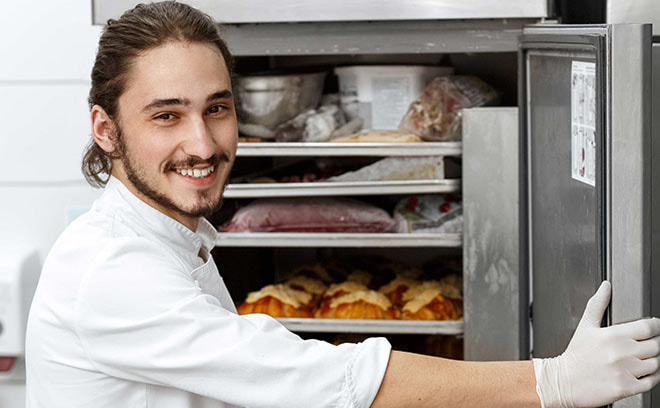
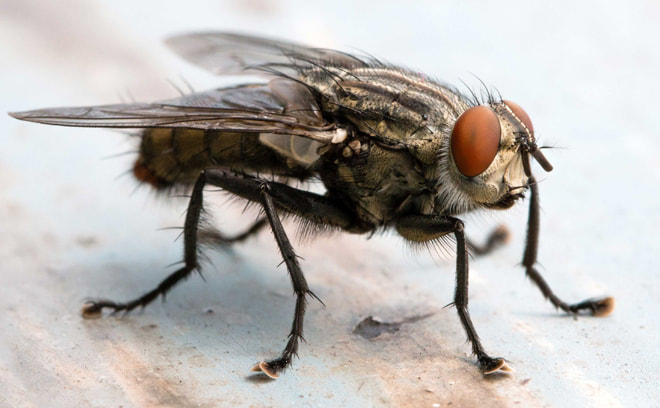
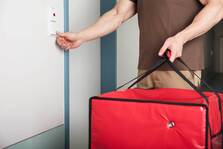

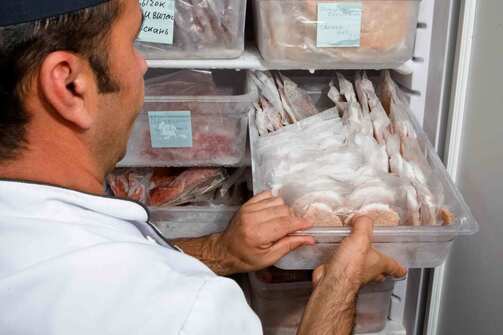
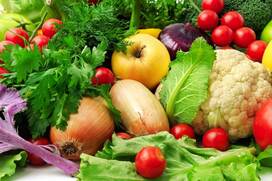

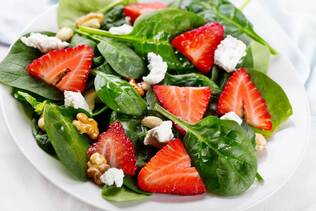
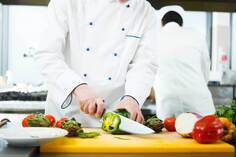
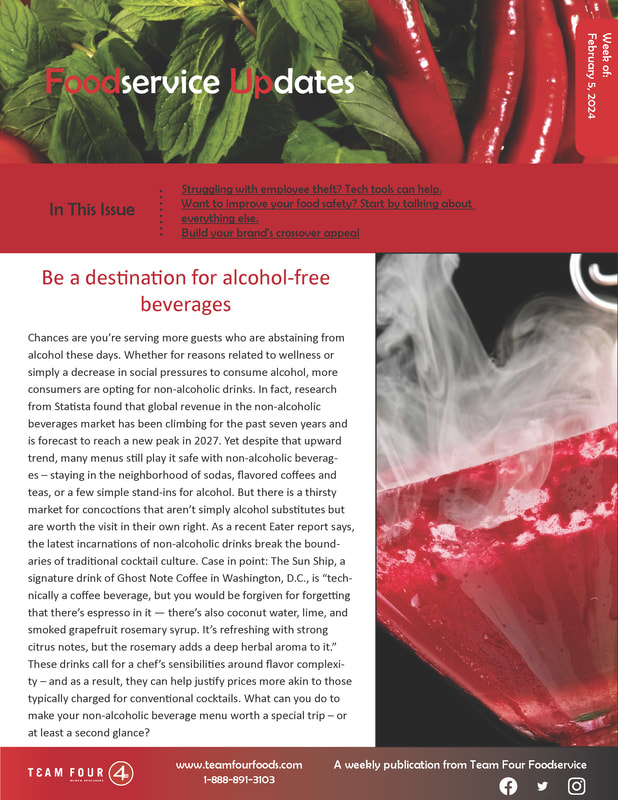
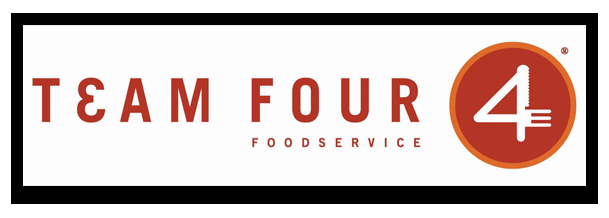
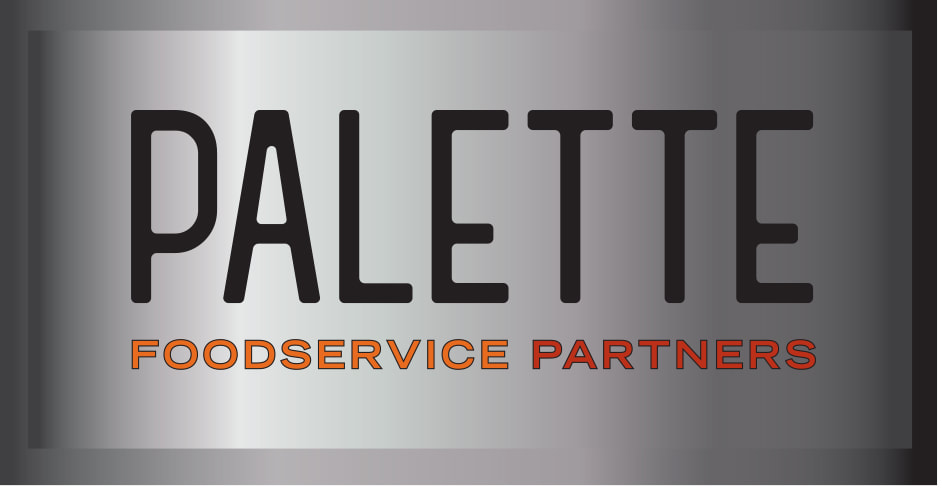
 RSS Feed
RSS Feed